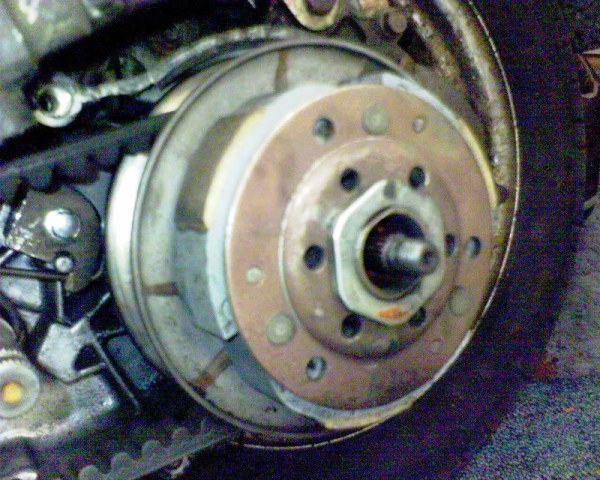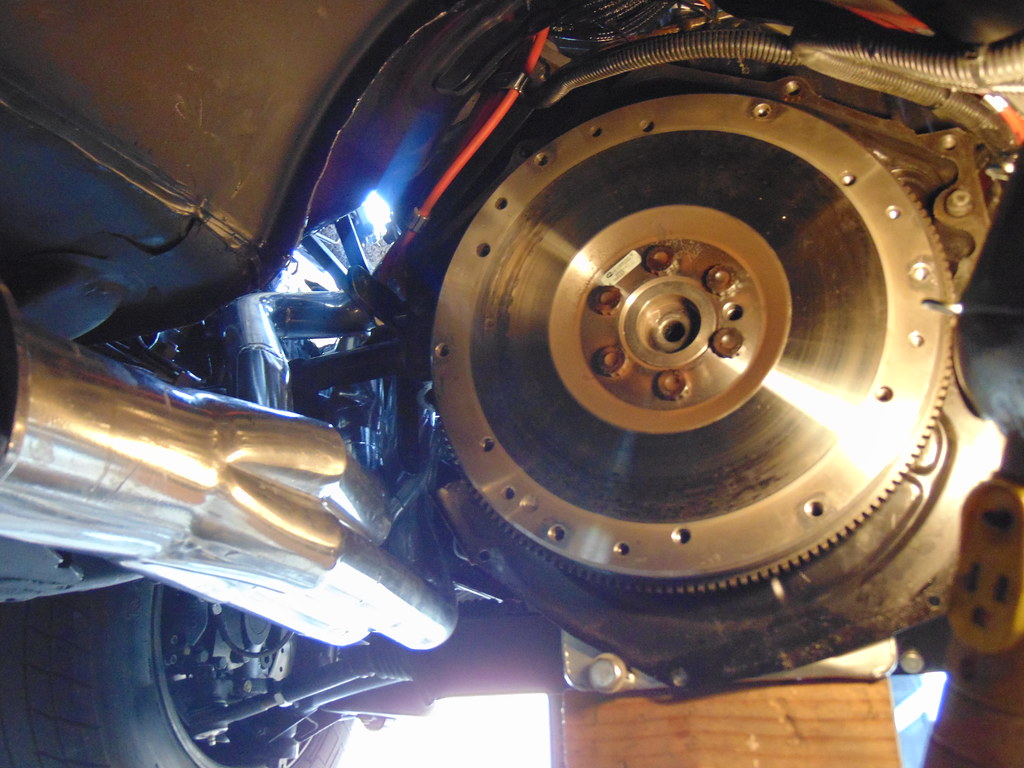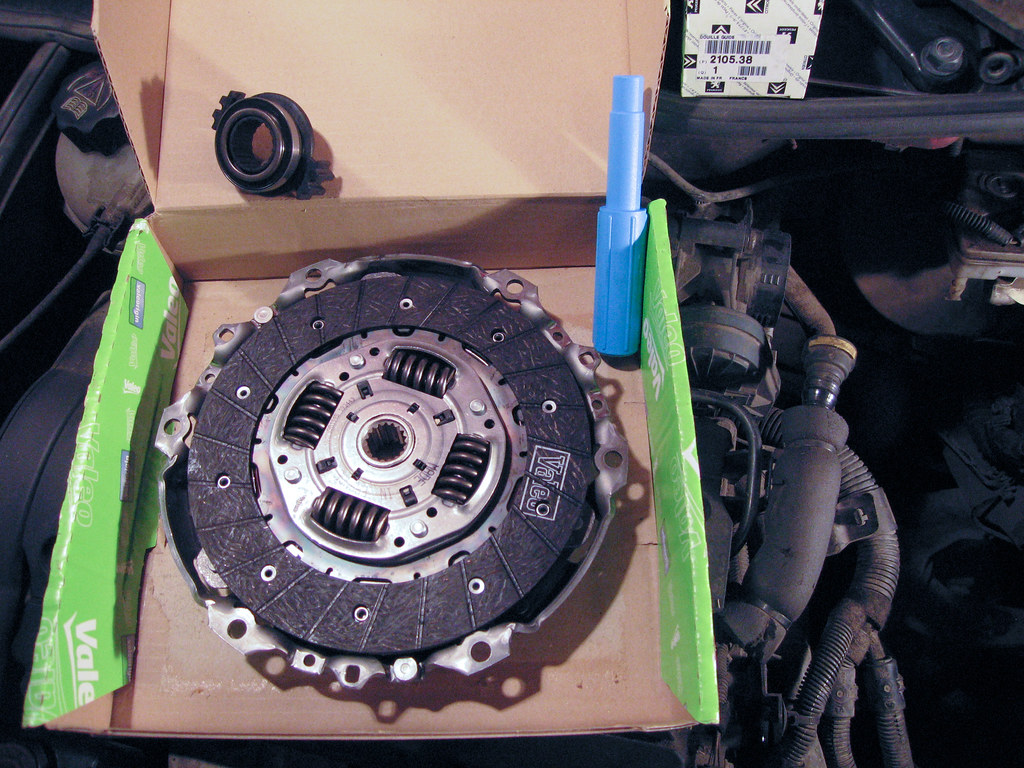Contents
– What is a car clutch?
– Composition of the clutch
– How does the clutch operate?
– The particularity of the reinforced clutch
– Buying a reinforced clutch
Because of your driving habits, you may be having to replace the clutch system repeatedly, and now you are wondering about the opportunity of replacing it with a reinforced clutch? This article explains how it works, starting with the classic clutch.

What is a car clutch?
The clutch is a system placed between the engine and the gearbox and whose function is to:
– allow the transmission of the rotational movement of the engine to the gearbox;
– allow the progressive transmission of this movement (starts);
– separate the engine/gearbox linkage, stop the vehicle before the gearshift is placed in neutral, or allow gear changes.
Composition of the clutch
A clutch system is made up of a control unit combining:
– the clutch pedal;
– the clutch cable (often replaced by a hydraulic system);
– a clutch fork, the lever resting on a fixed point pushing on the clutch release bearing at the driver action;
– a clutch release bearing: the inner part slides on the input shaft of the gearbox, and the outer part rests on the mechanism;
– a mechanism, a housing fixed on the engine flywheel, which has an inner support face, flanged by powerful springs, which block the clutch disc against the engine flywheel;
– a clutch disc: a part wedged between the engine flywheel and the mechanism which is integral in the rotation of the gearbox shaft and transmits the engine movement to the latter;
– the flywheel, a heavy circular part attached to the engine crankshaft and having a bearing surface.
How does the clutch work?

The clutch operates in two stages:
– The driver presses the clutch pedal: through the clutch cable, the fork causes a translation of the clutch release bearing. The clutch release bearing presses on the mechanism, eradicating the effect of the springs on its support face. The disc is then released from its pressure on the support face of the flywheel and no longer transmits the movement. This is disengagement.
– The driver releases the effort on the pedal: this is the clutch.
The particularity of the reinforced clutch
The heavy-duty clutch can withstand much greater pulling forces than average and can transmit more engine power without damage.
As the name suggests, it reinforces and oversizes the parts that make it up. This reinforcement, particularly of the springs, can result in additional pedal force.
Important: its use is specific (competition vehicles, tuning, 4 x 4 cars) and is not, except on special request, intended for ordinary cars.
The bearing, the disc and the mechanism are reinforced. The flywheel is lightened to generate less inertia and to facilitate the quick-revving of the engine. On the other hand, it will be much more unstable at idle speed.
The sintered metal pad disc is an essential element of the reinforced clutch. Unlike the conventional disc, which is made up of friction linings made of soft composite material (fibres, abrasives, ceramic particles), the material constituting the linings is sintered metal (aggregation of metal particles). This texture allows a better grip.
Buying a reinforced clutch
Only shops specializing in racing and off-road will be able to supply you with a reinforced clutch.
On the other hand, these products will be sold at 40 to 60% more expensive than original parts, given their technical nature.
Example: for an Audi A4 (clutch kit and flywheel): original parts: $800, reinforced kit: $1 415.


